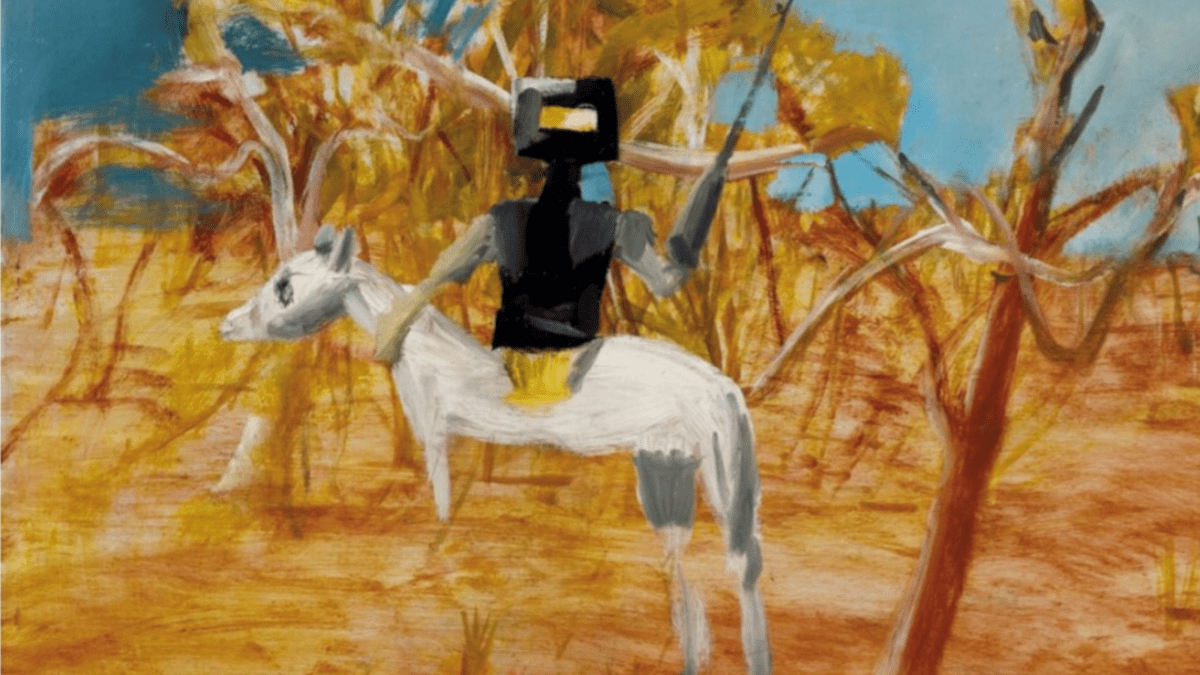Art investment in SMSFs ‘not easily done’, but trustees backing their taste
All investors face the quandary of how to diversify their portfolios into assets that are uncorrelated to the major asset classes of shares, bonds and property, preferably with an inflation hedge thrown in for good measure.
For this, portfolio managers turn to alternative assets. And one of the most traditional of these is art.
Art tends to hold its value over time, and because it usually does not fluctuate in value based on market movements, it is often viewed as a safe haven for investors when trouble is brewing in the global economy.
“Certainly, art can be a great investment,” says David Hulme, managing director of Sydney-based art advisory firm Banziger Hulme Fine Art Consultants. “But investing in art is not easily done.”
For a start, Hulme tells The Inside Adviser, the transaction costs are high – up to 50 per cent. “One of the biggest traps is that you may buy the right artwork, but pay too much. A successful art investment needs three things: buying the right artwork, at the right price, and having the time to give that particular artwork the scope to rise in value. You need at least ten years for that, if not 20,” says Hulme.
What any art investor must understand, he says, is that an artwork does not have intrinsic value, except in other people’s opinion at any time. “It might rise in value, but it might not,” he says.
“That can depend on changing taste; particular artists can certainly come into favour, but they can just as quickly go out. Above all, you can’t look at the high price that another artwork may have fetched, and think your artwork is in for the same rise – a Sidney Nolan might fetch $5.4 million, but your painting is still worth $20,000.”
There are blue-chip investments in the art world, Hulme explains; the likes of Olsen, Whiteley and Namatjiras have “sales histories over decades, with thousands of auction records” to back up expectations of how they could perform. Yet there are also “plenty of newer artists, that are quite exciting but speculative purchases” – in that, it resembles the share market. But the trade-off is that an investor can spend less than $5,000 on the latter.
The best reason to buy an artwork, he says, is if it gives you enjoyment. “I personally think that you have to be an art lover to really benefit from owning art. Each artwork is a very individual thing and it’s got to have an emotional impact on you to be worth buying.”
Art at arm’s length
That emotional touchpoint is no longer available to self-managed super funds (SMSFs), which have been significant supporters of the local art and collectables market.
In 2010, the Cooper Review recommended that SMSFs be banned from investing in art and collectables, but the Self-Managed Super Fund Professionals’ Association of Australia (SPAA) “fought to tighten the rules rather than accept a ban,” says Peter Burgess, CEO of the group, which changed its name to the SMSF Association back in 2015.
“We felt strongly that ‘self-‘managed’ was all about investment choice and flexibility,” says Burgess. “While there only a small number of SMSFs that hold artworks or other collectables, it’s typically people who have some expertise in relation to that particular asset class. We felt that such people should have the option of owning them.”
SMSF members and their associates cannot obtain a benefit from an artwork while it is owned by the super fund. An associate is anyone related to a member, ranging from all family members to any businesses linked to a member or their family. That means the artwork cannot be used for personal or private reasons, such as being displayed in the residence of a member or a related party. The decision on where an artwork (or any other “personal use” asset, as collectable assets are termed) is stored must be documented and kept as a record. The insurance covering the artwork must be maintained in the name of the fund, and it must be regularly valued.
However, if an SMSF holds a painting as an asset, the member could lease it out to a gallery or a business to display it, provided the gallery or business is not owned by a related party, and the lease is on arm’s length terms.
SMSFs can eventually receive the artwork, when the fund is wholly in retirement phase, but there are strict rules on how this is done, and there are potential tax issues. The member will need to commute (or convert) part of the pension, equal to the value of the artwork, to a lump sum amount – They can then transfer the artwork to their personal name and hang it in their home for their personal enjoyment.
But this involves a change in the ownership of the investment, and recognition of this change of ownership should be recorded in the minutes of the SMSF. And the transfer of the artwork from the fund to the member is a capital gains tax event that may result in a capital gain (or loss) for the fund.
“There are a lot of hoops to jump through, but despite that, there’s still a small group of SMSFs that want to own art and other collectables,” Burgess says. “There is $591 million of SMSF assets held in art and collectables, and that’s up 54 per cent since 2016. But to put that in context, that is still less than 0.7 per cent of the $890 billion SMSF pool.”
*This story was first published in The Inside Adviser









